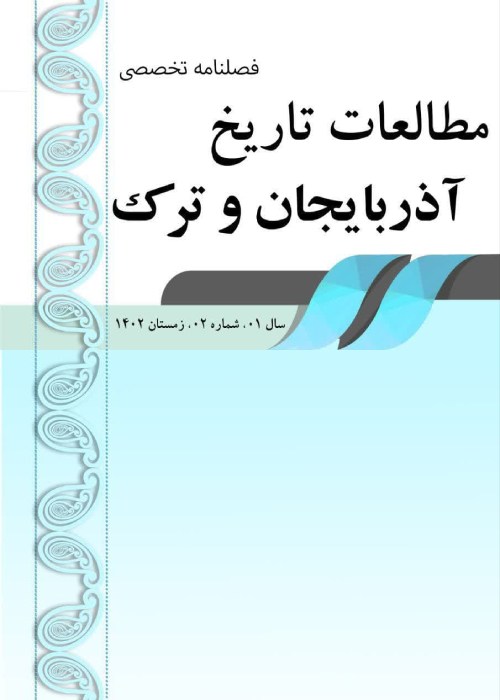The cities and transportation routes in ancient Azerbaijan and their location
After cave dwelling, human life fluctuated between the two poles of movement and permanence, thereby, early human communities were formed in the villages. With the spread of trade, human relations increased, cities developed, and the city became a symbol of political and socio-economic transformation. In Azerbaijan, the footprints of early humans have been seen in various caves such as Tam Tamai Urmia and Azikh Fuzuli. Due to the favorable climate, the first human habitats were formed ten thousand years ago in the cities of Azerbaijan in the hills known as Kul Teppe around Lake Urmia. In these hilly towns, the basic needs of early humans such as obsidian vessels and weapons have been discovered. In the second millennium BC, with the increase in wealth, walls were formed around the residential areas of Azerbaijan. From the beginning of the 9th century BC, with the help of Assyrian and then Urartian sources, we have useful information about the settlement of Azerbaijani people in fortress-cities. Assyrian pictures of midian fortresses show that these fortresses were surrounded by strong stone walls, like the architecture of the Urart period, and were strong buildings on top of natural heights or sometimes on embankments and artificial hills. Along the fence, towers were installed at regular intervals, and the top of the towers and the fence were curved for archery. In the following centuries, due to the lack of information, we have no information about the cities of Azerbaijan. In the Azerbaijan region, apart from some assumptions, there is no definite evidence about the so-called Achaemenid period. With the attacks of the Greeks, the word "Azerbaijan" was gradually formed with more or less the historical limits of today, and by relying on Greco-Roman sources, useful information about the capital and major cities of Azerbaijan is available. With the support of Western Hellenism in Azerbaijan, more and more communication routes are formed and the ground for international trade is created in Azerbaijan. In the following centuries, known as the Parthian and Sasanian eras, the information about the cities of Azerbaijan was more or less the same as mentioned in Greek-Roman sources. What was the nature and location of the cities and transportation routes of Azerbaijan during the ancient history? It is a question that will be answered in a descriptive-analytical way in this research.
- حق عضویت دریافتی صرف حمایت از نشریات عضو و نگهداری، تکمیل و توسعه مگیران میشود.
- پرداخت حق اشتراک و دانلود مقالات اجازه بازنشر آن در سایر رسانههای چاپی و دیجیتال را به کاربر نمیدهد.


